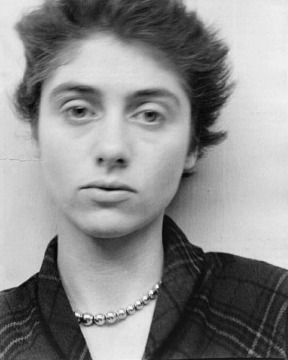 |
| Virginia Oldoini, Countess di Castiglione. Photographed by Adolphe Braun, c1860. |
In 1911, a publisher of Jardin des Modes and La Gazette du Bon Ton, Lucien Vogel induces Edward Steichen to use photography to promote fashion as a fine art. Steichen then decided to photograph gowns that were designed by Couturier Paul Poiret, which appeared in a magazine called Art et Decoration.
 |
| [1] Scarlett Johansson 'Vogue' Cover |
The photo shoot done by Edward Steinchen might be considered to be one of the first modern fashion photography; but where is the line that separates portrait from fashion photograph, and whether early fashion photographs done by Adophe Braun were more of a portraiture rather than a fashion photography. A photographer taking portraits aims to capture individual's facial features and emotion to showcase subject's personality and physical appearance. In fashion photography the individual, known as the model, is merely a live mannequin who is dressed in various clothing, designed by couturiers, to showcase them to the public. However, on the covers of fashion magazines such as 'Vogue', 'Glamour', 'Harper's Bazaar' fashion photography and portraiture blend in; where the individual just as important as clothing.
 |
| Adriana Lima 'Vogue' Cover |
 |
| Adriana Lima with Basic Every-Day Makeup |
The look, of the model, that can be achieved with makeup and minor digital enhancing, which does not involve changing body shape, is acceptable; it is a fashion after all. Most of the models do not require major changes to their body. For instance, Victoria's Secret models are must stay in shape to meet the requirements, which are being asked of them, with some exceptions.


